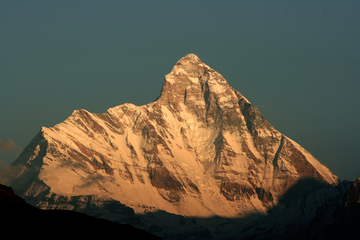Scaling the steps of Widener is the closest most contemporary Harvard students have come to mountain climbing.But now the Harvard Mountaineering Club (HMC) is set on revitalizing its faded legacy with an August trek to southeast Kyrgzstan, a country that borders Kazakhstan.
The Harvard Mountaineering Club (HMC) once drew international fame for impressive expeditions that included leading the United States Army’s 10th Mountain Division in the 1940s, climbing in the Himalayas in the 1950s, and making first ascents of certain mountains in the Canadian Rockies, the Yukon, and Alaska.
HMC’s loss of prestige was due to the proliferation of mountaineering groups across the country, the death of founder Henry S. Hall Jr. ’19, and the club’s shift in emphasis to climbing locally.
But the group’s current leadership wants to turn back that seismic change. “The overall goal of the expedition is to get members of the club back into the kind of climbing that is internationally recognized,” President Lucas T. Laursen ’06 says. “We want to go to an unexplored area and climb things that haven’t been climbed before.” And the historical significance of the sherpa-esque club is not lost on its current members. “Take the example of Bradford Washburn,” says Alexander P. Cole ’08 of the famous cartographer, geographer, and HMC alum. “You can go into our clubroom and...see [his] ice axe hanging on the wall.” Cole will be emulating Washburn this summer as he participates in the HMC trek to Kyrgyzstan.
Recapturing the illustrious mountaineering lime-light, Laursen admits, will be an uphill battle. “Prestige is earned over a long time,” he says. “This expedition will hopefully get people’s attention piqued.” Or should we say “peaked”?


